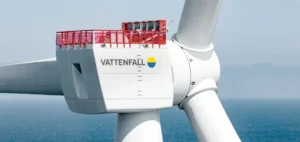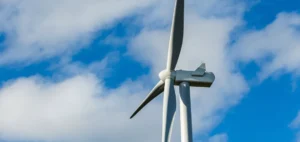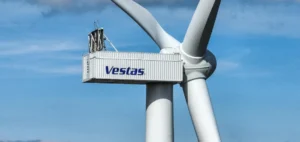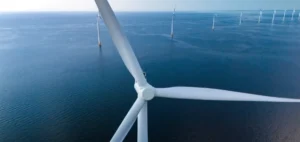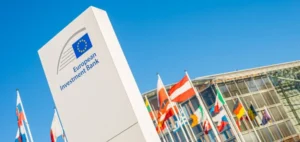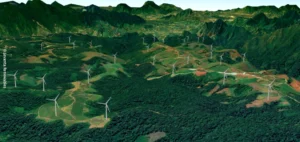Investment in the U.S. offshore wind market has more than tripled year-over-year to $9.8 billion by 2022. Going forward, the Inflation Reduction Act will spur alternative uses of offshore wind energy, according to the annual U.S. Offshore Wind Market Report released Feb. 21 by the Business Network for Offshore Wind.
Successful auctions took place in 2022, leasing 11.4 GW of new generation capacity and bringing in more than $5.4 billion to the U.S. Treasury, making the U.S. market more attractive, the report said.
Development of the industry
Permitting is the biggest challenge for the U.S. offshore wind industry, according to Andrew Berg, offshore wind analyst at S&P Global Commodity Insights. “It takes up to 10 years (and sometimes longer) to develop a large-scale offshore wind project, obtain environmental licenses and all the necessary documents, and begin construction. This is a global problem that also applies to the US, Germany, Japan, etc. If local authorities can cut the time it takes to get permits in half, everything else will adapt (supply chain, ports, ships, etc.).”
Supply issues will continue to plague the U.S. until it can develop Jones Act-compliant wind turbine installation vessels and port infrastructure that can accommodate larger turbine vessels. According to Berg, the challenge is that the ship design, the port design and the turbine design must be synchronized. “As the turbines get bigger, the ships have to keep up, and at that point, the ports have to be able to accommodate these larger ships,” he says. “The U.S. offshore wind infrastructure is still immature and stifling the domestic supply chain.”
Outlook for 2023
Berg expects to see capacity additions, particularly in deeper Pacific waters such as California and Oregon, due to float-specific technology innovations and interest from new markets where only deepwater sites are available.
The U.S. offshore wind market will be driven primarily by state electricity demand, but new opportunities are developing around the world to harness offshore wind generation for other purposes, such as green hydrogen production, green ammonia, and carbon sequestration activities. A first major partnership between green hydrogen and offshore wind power was announced last year in Louisiana.
The IRA investment tax credit is expected to accelerate the industry’s progress and help developers mitigate the effects of inflation and economic uncertainty.
New offshore wind energy acquisitions
The report states that new offshore wind acquisitions in 2022 were primarily driven by lease auction fees, but more than $4.4 billion was invested in port infrastructure, supply chain development and transmission. States’ long-term wind energy goals have also increased by 79% in 2022, with states such as California, Louisiana, New Jersey and Rhode Island announcing new goals.
The rapid development of new leasing areas in the New York region could help close the gap between the goals set by the Biden-Harris administration and the goal of 30 GW of offshore wind energy by 2030. However, even with the IRA, it is unlikely that the U.S. will achieve this goal due to limited domestic supply chain capacity.











